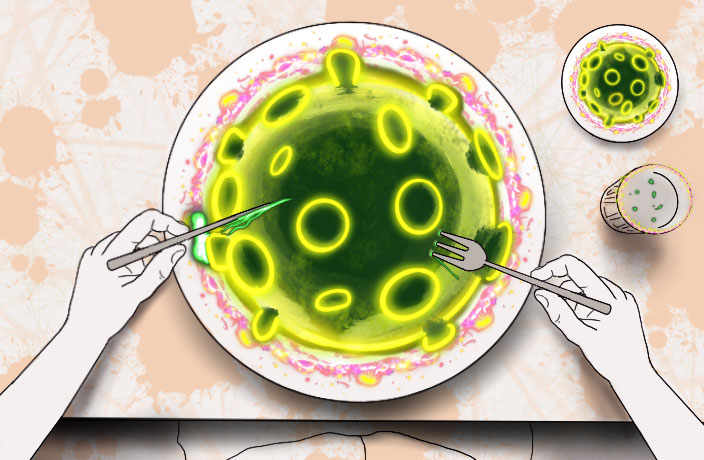How much is too much? The following chart compares the drinking water standards of the World Health Organization (WHO), United States Environmental Protection Agency’s maximum contaminant level (US MCL), and China’s original drinking water standards from 1985, along with the most recent revisions implemented in 2006.
READ MORE: Dark Waters: Water Wars
To give an idea of where actual pollutant levels fall, we’ve included results of July tests conducted at the Nanzhou Treatment Plant – Guangzhou’s largest and most modern wastewater plant. For more information and to download monthly test results, visit www.gzwater.gov.cn. Actual contaminant levels vary by location.
Arsenic
Sources: Erosion of natural deposits; runoff from orchards and glass and electronics production wastes.
Adverse health effects: Skin damage, cardiovascular disease, circulatory system problems, increased risk of cancer.
WHO: < 0.01mg/L
US MCL: < 0.01mg/L
China 1985: < 0.05mg/L
China 2006: < 0.01mg/L
July 2015 levels: < 0.001mg/L
Cadmium
Sources: Corrosion of galvanized pipes; erosion of natural deposits; discharge from metal refineries; runoff from waste batteries and paints.
Adverse health effects: Kidney and liver damage.
WHO: < 0.003 mg/L
US MCL: < 0.005mg/L
China 1985: < 0.01mg/L
China 2006: < 0.005mg/L
July 2015 levels: <0.004mg/L
Fluoride
Sources: Naturally occurring in most water supplies; also enters as discharge from fertilizer or aluminium factories.
Adverse health effects: Too little fluoride can cause cavities and tooth decay. Too much fluoride results in fluorosis, including skeletal fluorosis – the weakening of teeth and bones.
WHO: 1.5mg/L
US MCL: 0.7mg/L
China 1985: 1mg/L
China 2006: 1mg/L
July 2015 levels: 0.3mg/L
Lead
Sources: Corrosion of household plumbing systems and erosion of natural deposits.
Adverse health effects: Delays in the physical or mental development of infants and children; kidney problems and high blood pressure in adults.
WHO: < 0.01mg/L
US MCL: < 0.015mg/L
China 1985: < 0.05mg/L
China 2006: < 0.01mg/L
July 2015 levels: <0.0025
Mercury
Sources: Erosion of natural deposits; discharge from refineries and factories; runoff from landfills; and runoff from croplands.
Adverse health effects: Kidney damage.
WHO: 0.006 mg/L
US MCL: 0.002 mg/L
China 1985: 0.001mg/L
China 2006: 0.001mg/L
July 2015 levels: < 0.0001mg/L
Perchlorate
Sources: Naturally occurring and man-made chemical that is used to produce rocket fuel, fireworks, flares and explosives.
Adverse health effects: Interferes with the normal functioning of the thyroid gland; especially harmful to developing fetuses and infants.
WHO: 0.01mg/kg of body weight/day
US MCL: No official standard; varies by state: 0.001-0.015mg/L
China: None
July 2015 levels: Unknown; tests not yet required.
READ MORE: Dark Waters: How much water do you eat?
[Image via www.genuinehealth.com]






















0 User Comments